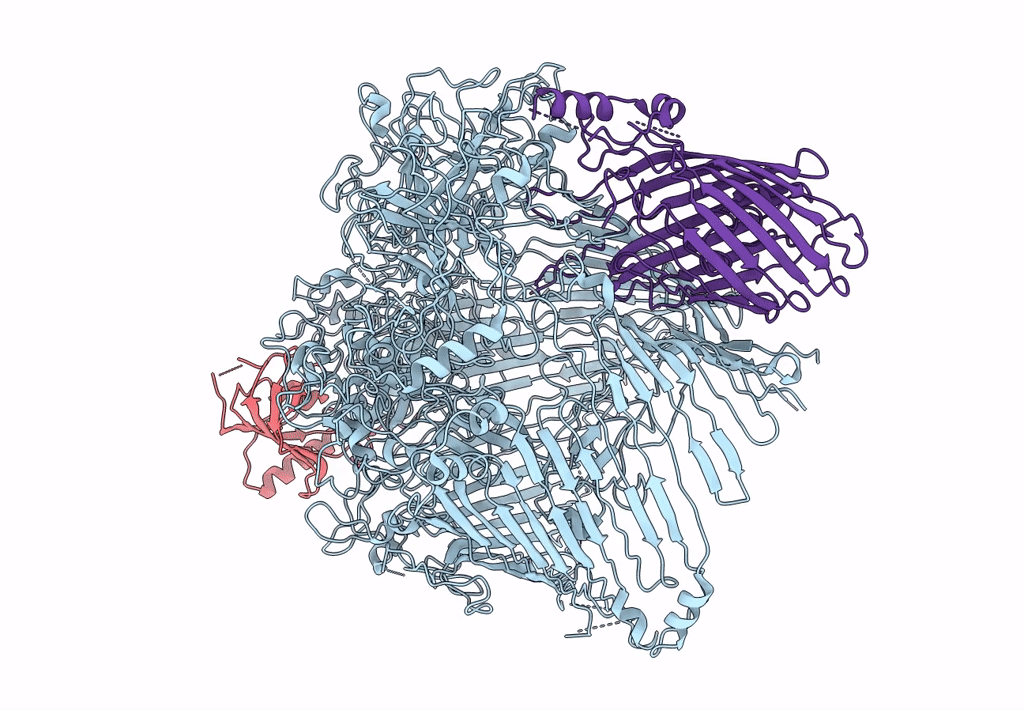
Deposition Date
2018-07-18
Release Date
2018-11-07
Last Version Date
2024-05-15
Entry Detail
PDB ID:
6H3I
Keywords:
Title:
Structural snapshots of the Type 9 protein translocon
Biological Source:
Source Organism:
Flavobacterium johnsoniae (Taxon ID: 986)
Method Details:
Experimental Method:
Resolution:
3.50 Å
Aggregation State:
PARTICLE
Reconstruction Method:
SINGLE PARTICLE


